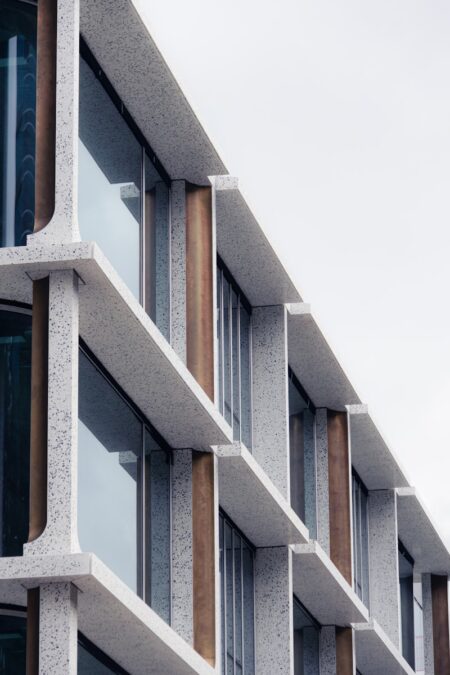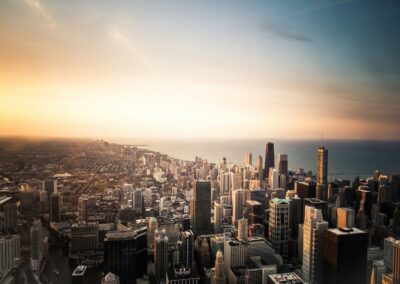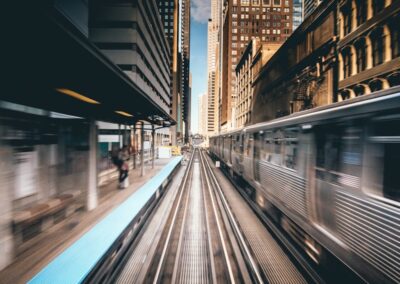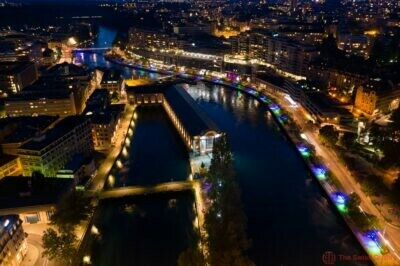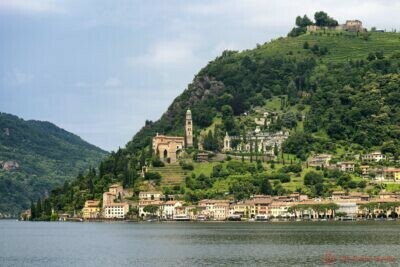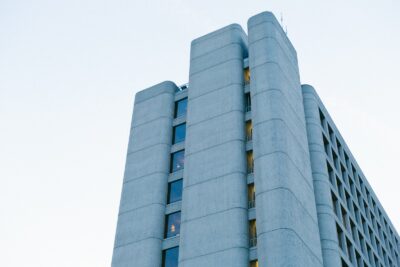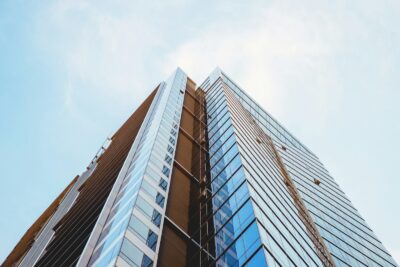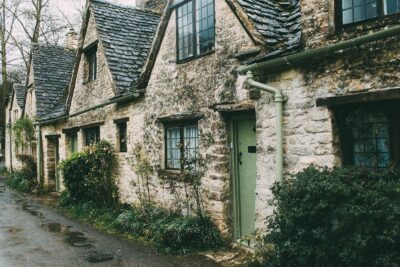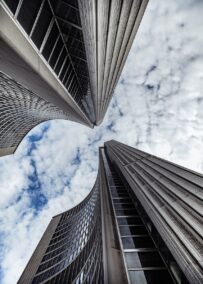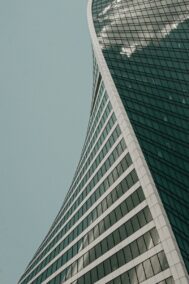Why Classical Architecture Is Not Enough Anymore
Redefining Architectural Norms with Innovation
Innovative Architectural Design is rapidly transforming the way cities like Riyadh and Dubai shape their skylines. Drawing on the insights of American architect Peter Eisenman, this article explores why classical architecture no longer satisfies the growing demand for newness and innovation in urban environments. It delves into how contemporary architectural techniques and styles are not just aesthetically avant-garde but also functionally superior, meeting the complex needs of modern societies more effectively than their classical predecessors.
Embracing Modern Technology in Architecture
Today’s architectural projects in bustling centers like Dubai and Riyadh utilize cutting-edge technologies such as AI and Blockchain to go beyond traditional design methods. This section highlights how these technologies enable architects to create more efficient, sustainable, and cost-effective structures. From AI-driven design simulations that enhance accuracy and creativity to blockchain applications that ensure transparency and security in construction projects, modern technology empowers architects to innovate and excel in ways previously unimaginable.
Architectural Innovation as a Response to New Consumer Demands
As consumer expectations evolve, so does the need for innovative architecture. In the UAE and Saudi Arabia, where luxury and innovation drive market trends, architectural designs that incorporate elements of the Metaverse and generative design principles are becoming standard. This part of the article examines how these innovative practices not only respond to but also anticipate consumer demands, thereby redefining architectural standards and enhancing urban living.
The Challenge of Integrating New Architectural Styles
While the push for innovation continues, integrating new architectural styles with existing urban landscapes presents significant challenges. In cities like Riyadh, where historical and modern structures coexist, architects must navigate complex regulatory and cultural landscapes to blend new designs harmoniously with traditional ones. This segment explores strategies employed by leading architects to merge these differing styles without compromising the integrity and heritage of the urban fabric.
Global Influences on Local Architectural Practices
The influence of global architectural trends on local practices is profound, especially in cosmopolitan areas such as Dubai and Riyadh. This paragraph discusses how international styles and methodologies are adapted to meet local needs and preferences, often resulting in unique hybrid designs. It also covers the role of international collaborations and exchanges in enriching local architectural practices, bringing a diverse range of ideas and techniques to the forefront of regional development projects.
Future Trends in Architectural Design
Looking ahead, the future of architectural design is set to be shaped by ongoing technological advancements and changing global aesthetics. This final section prognosticates the next wave of innovations in the field of architecture, from smart buildings that adapt to their environment using AI to eco-friendly designs that utilize renewable energy sources. It also considers how these future developments will continue to challenge and expand the traditional definitions of architecture in Saudi Arabia, the UAE, and beyond.
Integrating Sustainability with Architectural Innovation
Sustainability is becoming a cornerstone in the field of architectural innovation, particularly in environmentally conscious markets like Saudi Arabia and the UAE. This paragraph explores how modern architects are integrating green building techniques and materials into their designs to meet both aesthetic and environmental standards. The focus is on sustainable innovations such as green roofs, energy-efficient systems, and the use of recycled materials that help reduce the carbon footprint of new constructions while also appealing to the eco-aware consumer base.
The Role of Public Spaces in Modern Architecture
Modern architecture goes beyond the construction of individual buildings to include the thoughtful design of public spaces. This segment discusses the importance of these spaces in urban planning within Dubai and Riyadh, emphasizing how innovative design can enhance community engagement and social interactions. It examines successful examples of public spaces that blend functionality with style, providing residents with areas that promote well-being and social cohesion while also serving as landmarks of contemporary architectural achievement.
Overcoming Barriers to Architectural Creativity
Despite the push for innovation, architects often face significant barriers that can stifle creativity, including stringent zoning laws, budget constraints, and conservative market tastes. This paragraph delves into the challenges encountered by architects in Riyadh and Dubai as they strive to implement groundbreaking designs. It also discusses the strategies that professionals employ to overcome these obstacles, such as advocating for regulatory changes, securing alternative financing options, and gradually introducing bold concepts to the market to shift public perceptions.
Critical Acclaim and Market Reception of New Architectural Trends
The reception of new architectural trends by the market and critics plays a crucial role in their adoption and success. This final segment analyzes how innovative architectural projects in the UAE and Saudi Arabia are received by both professionals within the industry and the general public. It highlights cases where pioneering designs have achieved critical acclaim, driving trends and setting new standards, while also noting instances where market resistance has necessitated adjustments to original visions.
#Engage, #Anymore, #Classical, #PeterEisenman, #American, #Architect

